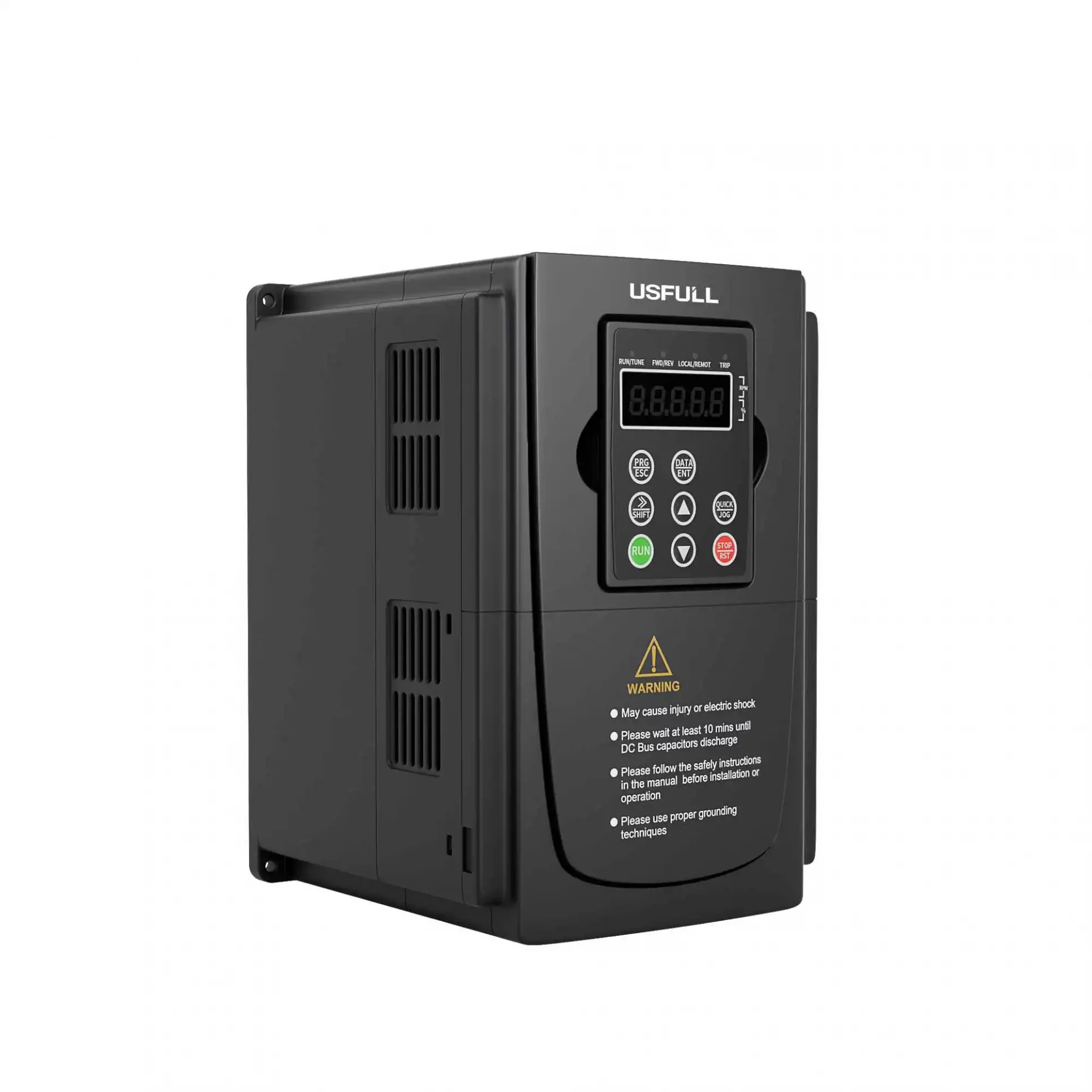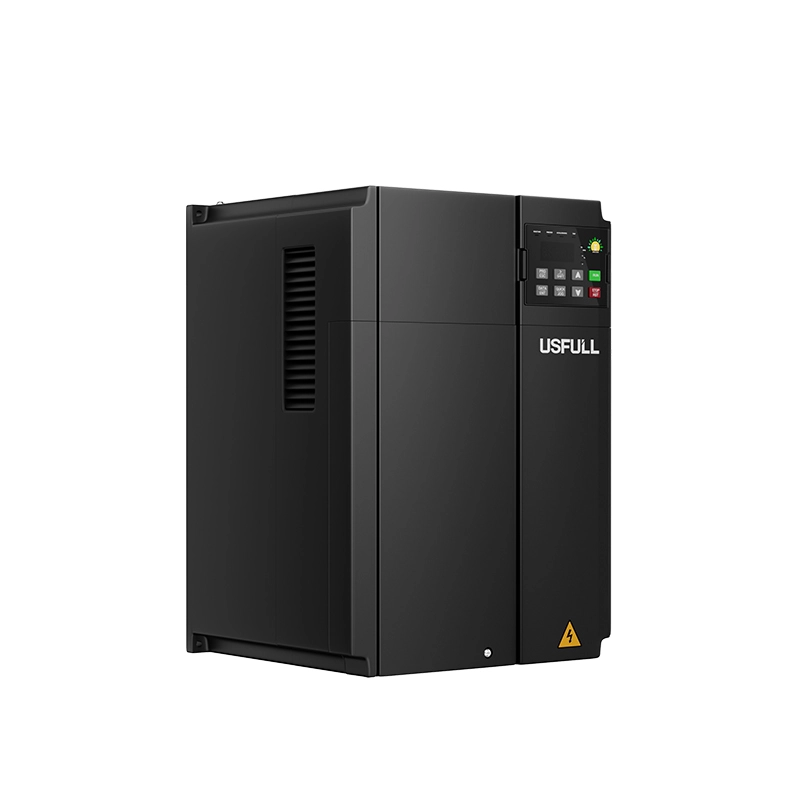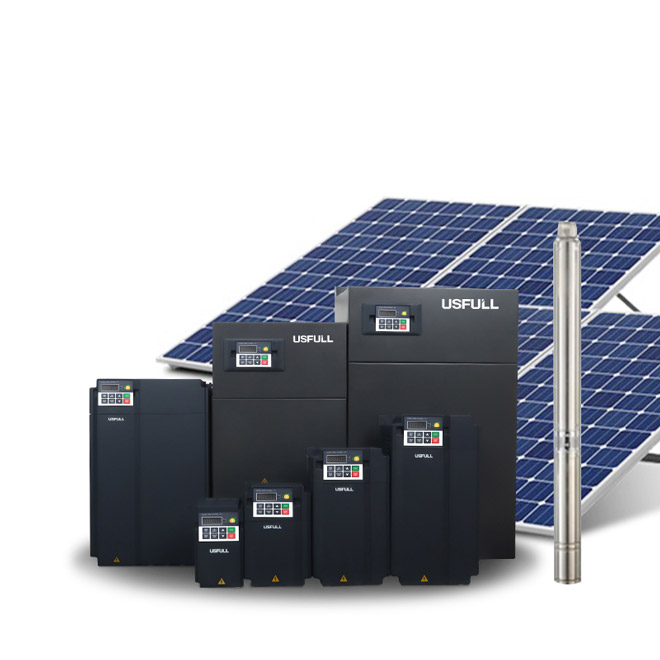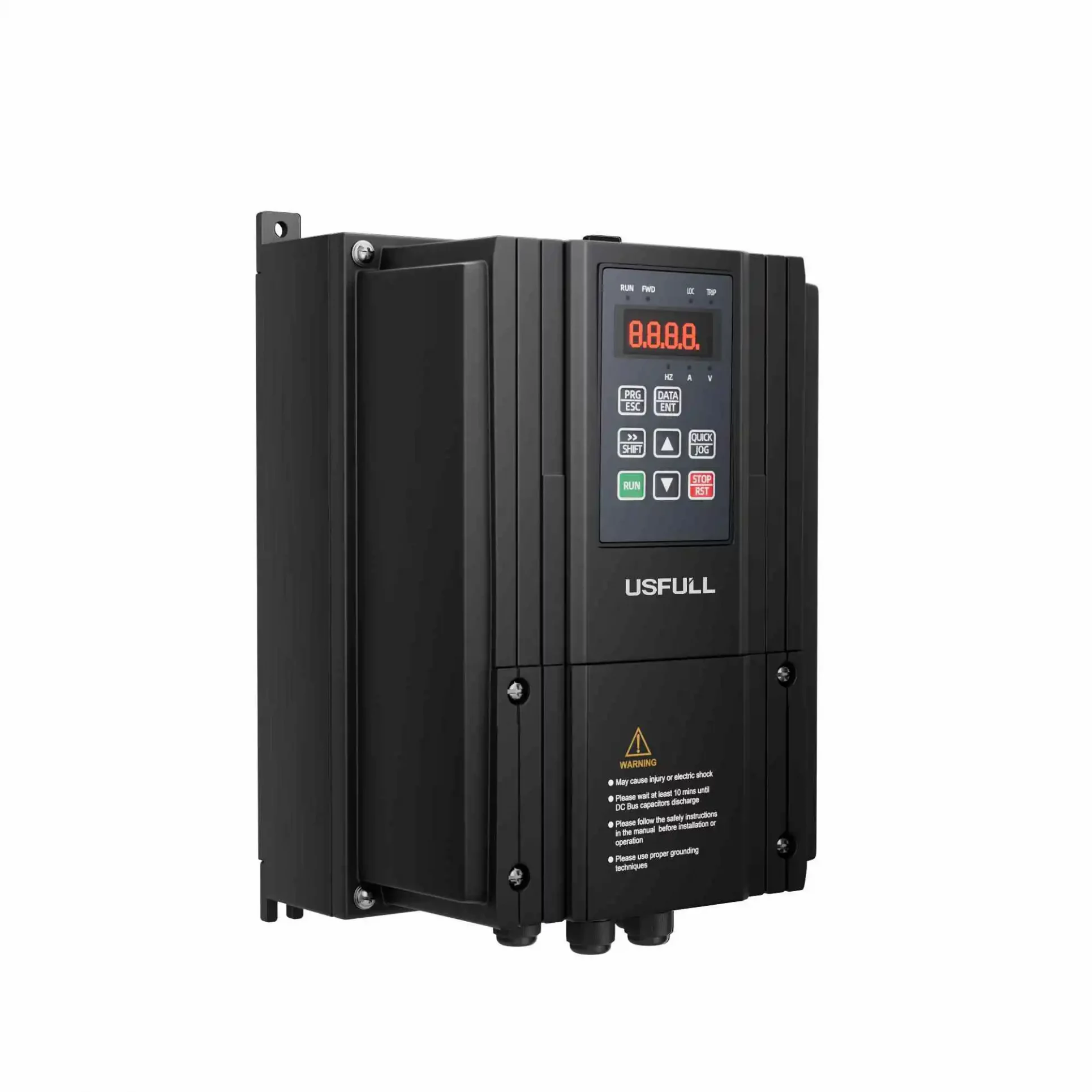The application of solar combiner boxes in Nigeria has increased alongside solar power for electricity supplies at home and in offices. One of the primary aims of applying solar combiner boxes is to amplify and maximise solar energy trapped by different solar panels. Several factors have increased the use of solar energy in Nigeria, such as increased government funding and the desire to bring electricity to rural areas. Various growing entrepreneurs in Nigeria install PV Combiner boxes on small and large scale, but it takes an efficient installation team to maximise possibilities and develop an efficient and cost-effective solar system. USFULL recently developed a cost-effective and efficient solar system for a client in Nigeria with a power rating of 455W.
Different Specification Types of Solar Combiner Boxes
About twelve elements define PV combiner boxes; the combination and use of these elements describe the installer’s expertise, and an experienced installer like USFULL combines these elements, customised according to clients’ requirements.
String Inputs:
In solar systems, string inputs are crucial for maximizing the performance and operation of photovoltaic arrays. It is impossible to emphasize the significance of these inputs, which serve as the channels for connecting solar panels or strings of panels to the solar combiner box. They make it easier to aggregate electrical outputs by enabling several solar panels to be connected in strings. This aggregation aids in balancing the electrical demands across the panels and simplifies the system’s wiring. Furthermore, string inputs make it possible to manage and monitor individual strings, enabling prompt identification of any problems or inefficiencies in the solar array. Ultimately, string inputs enhance solar systems’ overall performance, reliability, and maintainability, making them a crucial component in harnessing solar energy efficiently and effectively.
String Input Specifications
| String Inputs | Description |
| String in Series | Positive terminal to negative terminal for higher voltage. Common in grid-tied solar systems |
| String in Parallel | Positive terminals connected together and negative terminals connected together to maximise the current output. |
| Series-Parallel Strings | Combined series and parallel configurations for optimizing PV system where there is varying voltage and current features |
| Bypass Diode Strings | Solar panels connected in parallel with diodes within a string to maintain efficiency in a less ideal system |
| String Level Monitoring | Installations of monitoring equipment for each string for diagnosing malfunctions and optimizing system efficiency |
| String Inverter Strings | Multiple strings of solar panel connected in series. Cost effective for systems with small number of strings |
| Microinverter Strings | For converting DC to AC where panel-level performance is crucial and for system flexibility |
Voltage Rating:
The voltage rating of a PV combiner box is essential for the photovoltaic (PV) system to maintain its safety, compatibility, and efficiency. Once there is a mismatch with the ratings, the system becomes exposed to safety hazards, reducing the system’s efficiency and leading to equipment malfunction. Solar panels come in different voltage rating levels, from low voltage (LV) for small-scale applications to high voltage (HV) and ultra-high voltage (UHV) panels for larger installations. Selecting the right voltage rating for the combiner box is vital for ensuring the overall effectiveness and safety of the PV system. Some solar systems voltage ratings are described below.
| Solar System | Voltage Rating |
| Home Rooftop Solar Installations | 300V to 600V DC |
| Commercial Rooftop Solar Installations | 600V to 1000V DC |
| Utility – Scale Solar Farms | Above 1000V DC |
| Off-grid Solar Installations | 12V or 48V DC |
| Solar Water Pumping System | 12V or 24V DC |
| Solar Street Lighting | 12V or 24 |
| EV Solar Charging Stations | 300V to 600V DC |
Current Rating: The current rating is a paramount parameter in solar system installations, exerting a profound influence on the system’s safety, efficiency, and overall functionality, particularly within photovoltaic (PV) installations, where PV combiner boxes play a pivotal role. Understanding the significance of the current rating in solar systems is essential for harnessing the full potential of solar energy while mitigating potential risks. To ensure electrical safety inside the PV system, the current rating is crucial, with PV combiner boxes serving as essential components. The current rating of these parts must be equal to or greater than the current produced by the attached solar panels. Overloading, overheating, and, most seriously, safety risks, including electrical fires and equipment damage, can all result from inadequate current ratings. The key to reducing these risks and promoting a secure operating environment is having current ratings that are correctly aligned. Another crucial aspect where the present rating is prominent is efficiency. Conductors and PV combiner boxes must have current capabilities compatible with the system’s current needs in well-designed PV systems for them to function well. The system’s voltage drop and resistive losses are reduced because of this alignment, which maximizes the use of solar panel energy. In essence, when current ratings are properly sized, the efficiency of the overall solar installation is optimized.
A balanced current rating also aids in efficient system design and balance, particularly in setups requiring several solar panels arranged in strings or arrays. The current rating of the PV combiner box must be chosen to support the total current output from these panels. A properly matched current rating prevents imbalances that could cause one string to perform poorly and compromise the installation’s overall efficiency by ensuring that all strings or arrays contribute uniformly to the system’s power output. The current rating also affects the compatibility of the components. Components like inverters and charge controllers in PV systems must meet specified current rating standards. To ensure compatibility and the efficient operation of the complete system, these parts must match the current rating of the PV combiner box and the solar panels. It is crucial to adhere to electrical rules and regulations, which frequently set minimum current rating requirements for components used in PV installations. Not only is adherence to these requirements required by law, but it is also a question of safety. These requirements must be met to avoid costly fines and project delays.
Use Case Solar Combiner Box Installation in Nigeria
USFULL recently undertook two significant projects in Nigeria, requiring the installation of solar panels and Solar Hybrid Inverters. These projects were tailored to meet each client’s specific needs, with careful attention to detail and precision. The first client, seeking to harness solar energy effectively, specified their system’s requirements. They necessitated a system with a robust rated power output of 455W, an open-circuit voltage of 52.96Vdc, and a Vmpp set at 44.16Vdc, ensuring optimal energy capture even in varying sunlight conditions. The specifications for both projects are shown in the boxes below. USFULL embarked on a comprehensive calculation to determine the ideal configuration for this project. After thorough consultation and analysis, it was determined that to meet the client’s solar panel energy objectives, a total of 12 solar panels would be required. These panels would be organized into two strings, each comprising six panels. This strategic arrangement fulfilled the power requirements and ensured system reliability and performance consistency.
| Project Specification | USFULL Solar Combiner Box Specification |
| Solar Hybrid Inverter | FUCB-MD2/1 Coated Iron Shell, 2 In 1 Out 1000V, complete with 15A 1000V DC fuse, 32A 1000V DC, Miniature Circuit Breaker (MCB), and 2P 1000V 20/40kA T2 DC SPD |
| Pure Sine Wave | |
| Power: 3000W | |
| Voc: 450Vdc | |
| Vmpp: 240Vdc | |
| Solar Panel | |
| Power: 455W | |
| Voc: 52.96 Vdc | |
| Vmp: 44.16Vdc |
About USFULL
USFULL is a premier solar combiner box installation company renowned for its meticulous and highly skilled approach to delivering efficient, cost-effective solar solutions. With a track record of excellence, they specialize in meeting the diverse energy needs of both residential and commercial settings. Their commitment to precision and expertise ensures that clients receive tailored solutions that optimize energy generation, all while maintaining a keen focus on affordability. USFULL’s reputation as a trusted name in the industry is a testament to its dedication to providing sustainable and reliable solar installations for various applications.




